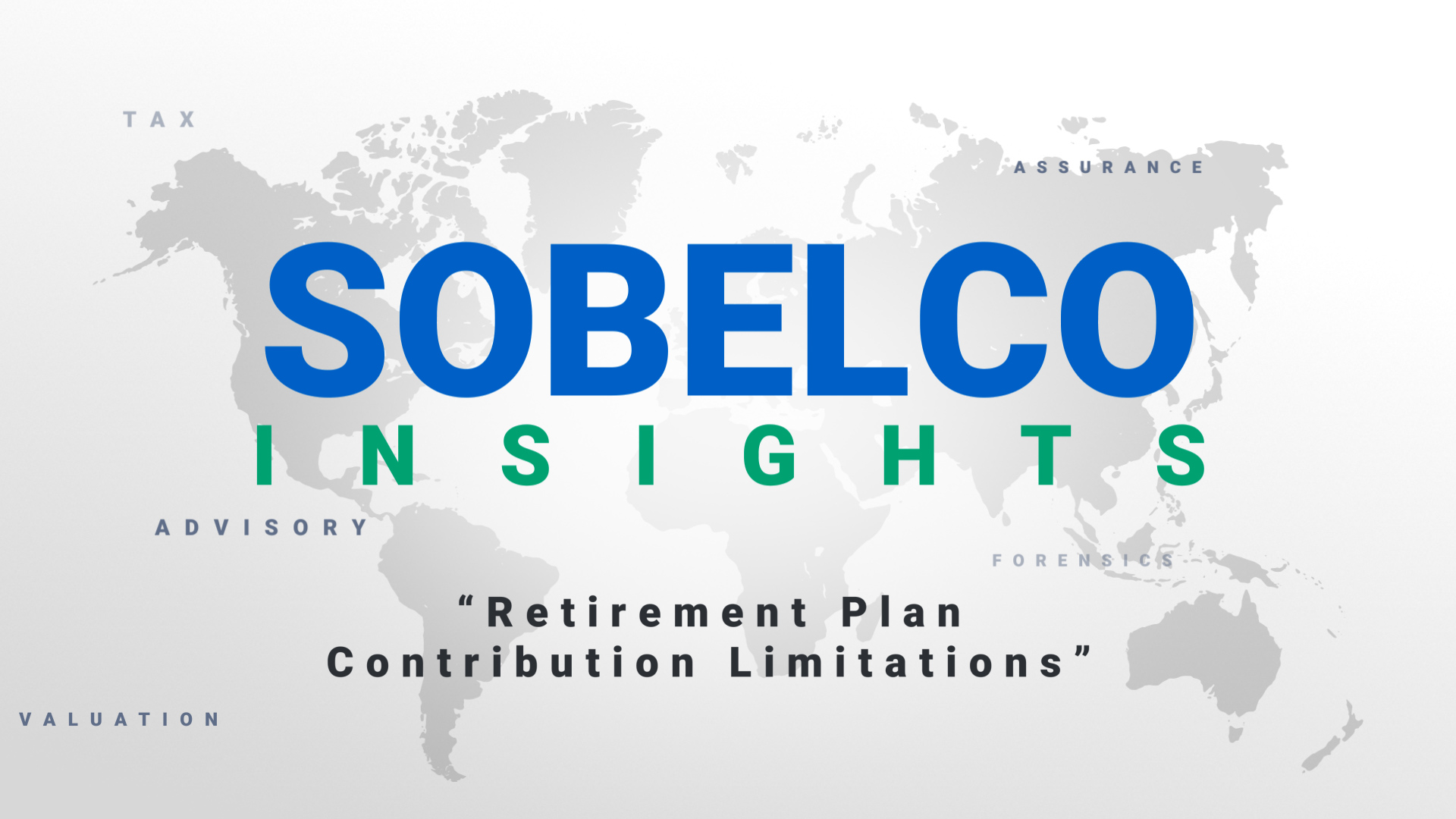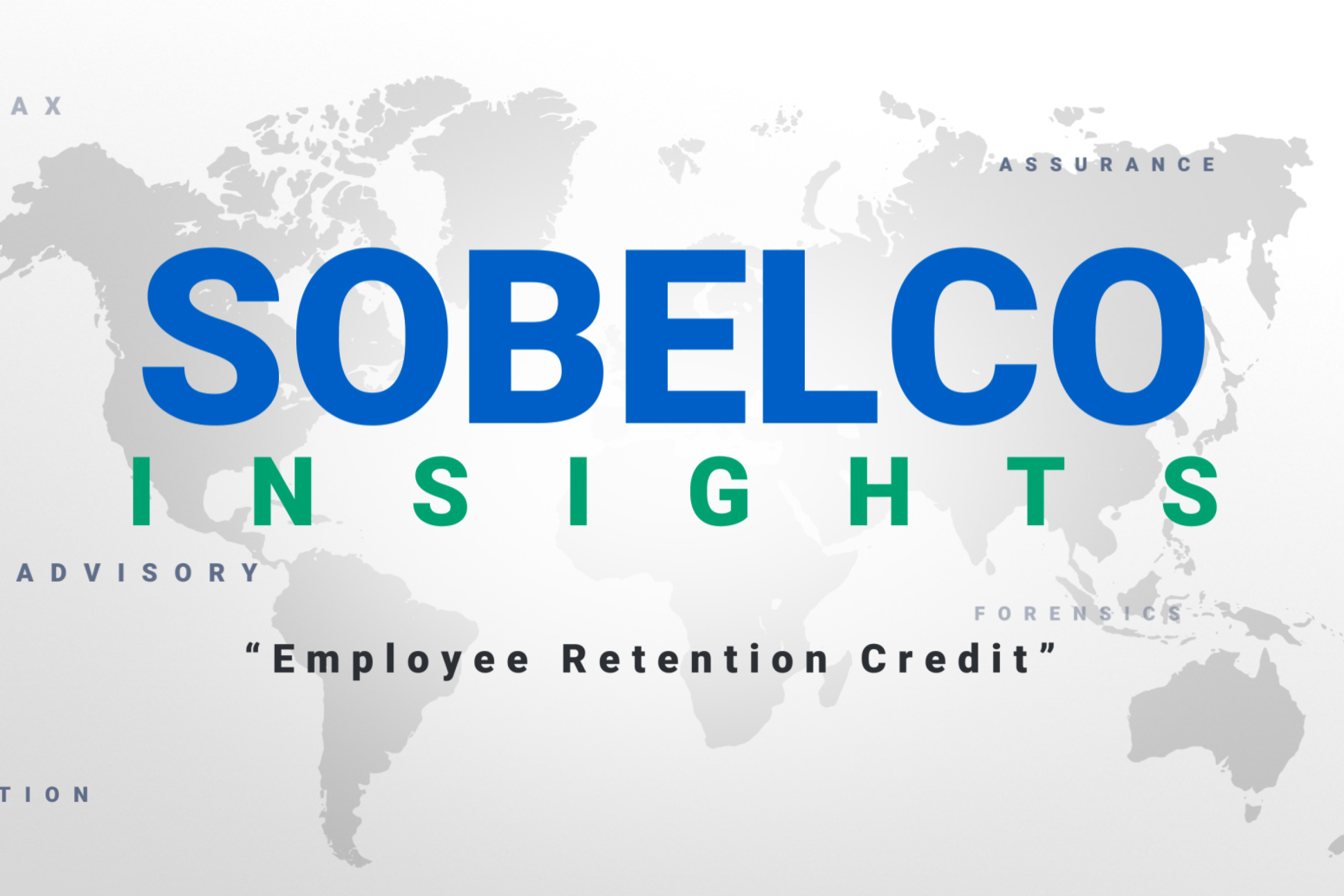
For those employees who find themselves experiencing an unexpected major financial hardship, there is good news on three fronts that will help lessen some of the stress related to their potentially dire situation.
Let’s begin this discussion with a deeper understanding of how the Internal Revenue Service (IRS) formally defines a hardship withdrawal from a 401 (k) Plan.
What are the Criteria for a Hardship Withdrawal?
Under the Bipartisan Budget Act (BBA) passed in February 2018 with implementation in 2019, the definition of hardship withdrawals remains unchanged from previous rulings.
As the Internal Revenue Service describes hardship withdrawal, they note:
“The withdrawal must be made because of an immediate and heavy financial need of the employee and the amount must be necessary to satisfy the financial need including the need of an employee’s spouse or dependent, as well as that of a non-spouse, non-dependent beneficiary.”
To make this easier to understand, here are specific examples of hardships from the IRS:
- Qualified medical expenses (which presumably don’t include cosmetic surgery)
- Costs relating to the purchase of a principal residence
- Tuition and related educational fees and expenses
- Payments necessary to prevent eviction from, or foreclosure on, a principal residence
- Burial or funeral expenses
- Certain expenses for the damage repair to the employee’s principal residence
These parameters have some key characteristics in common, such as a sense of urgency, a major financial burden, or even an unexpected circumstance which the employee cannot manage without substantial assistance.
The New Rules
The passage of the Bipartisan Budget Act (BBA) in February 2018 changed the rules regarding withdrawals starting in 2019 in these three significant ways:
First, the passage of the BBA will enable employees to withdraw the amounts they have contributed as well as the accumulated employer matching contributions plus earnings on contributions. This expanded option represents a major change from the previous limits that only allowed participants to withdraw from the funds they contributed. For those who have been contributing to their 401(k) plans for several years, this shift will allow them greater access to all the funds they need when facing a legitimate hardship.
Secondly, the current six-month ban that restricted employee participation after a hardship withdrawal has been lifted. This means employees can now begin paying back the amount withdrawn more quickly and, because the employees remain enrolled throughout the process, there is less paper work for plan sponsors.
Thirdly, another change in hardship withdrawals pertains to repaying plan loans. The deadline for an employee who has left the company to repay a plan loan has been extended from 60 days. Under the new Tax Act the latest date the former employee can repay the loan is on the day he or she files his or her tax return for the tax year in which the loan amount would otherwise be treated as a plan distribution.
The Down Side
Although employees will enjoy more relaxed rules regarding their ability to withdraw funds based on extreme financial challenges, they will still be subject to a 10% tax penalty, along with regular income tax.
Although flexible rules and more thoughtful approaches to hardship withdrawals are welcome in the short term, at the same time employers should help their employees aim to become financially sound in the long term. Rules regarding borrowing from a retirement plan may be eased by the BBA but employees should continue to be educated on avoiding the use of their retirement fund as a ‘band aid’ whenever finances become scarce or cash flow decreases.


